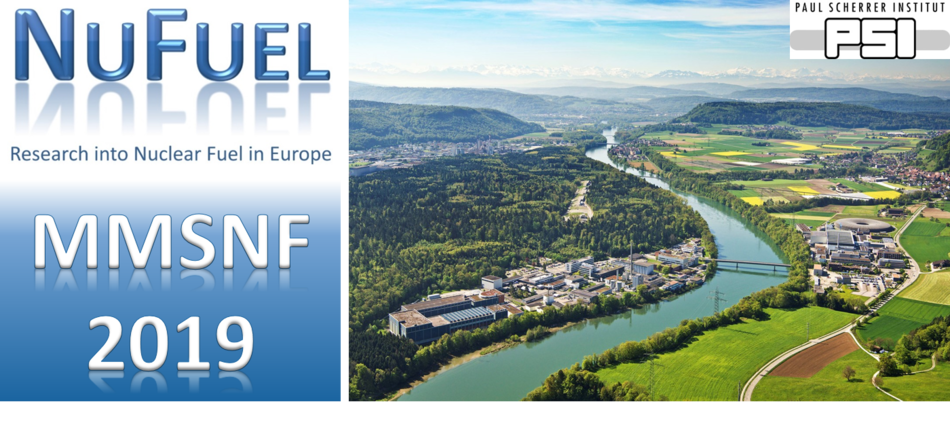Speaker
Description
In sodium fast neutron spectrum nuclear reactors, metallic uranium-based alloys have often been chosen because of their high fissile density, high thermal conductivity, and several reactor kinetic safety benefits. In order to address increasingly high burnup / high performance demands, a number of innovative design are under investigation within the Department of Energy’s Advanced Fuels Campaign (AFC). As part of this development, candidate fuel compositions and forms are irradiated in a cadmium-shrouded positions at the INL’s Advanced Test Reactor (ATR), and they are subsequently examined at the Hot Fuel Examination Facility (HFEF).
Historically there were two primary factors that limited the life and maximum temperature of metallic fuel. At burnup greater than 20 atomic percent, solid fission products began to fill the porosity in the fuel resulting in fuel pin swelling. At high burnup and high operating temperatures, fuel cladding chemical interaction (FCCI) occurs where lanthanide fission products attack the cladding reducing the effective cladding thickness. To mitigate these performance factors, the evaluated innovative fuels design fall into four categories alternative alloying metals, additives, sodium bond removal, and alternative smear densities. For alternative alloys, Zr has been substituted for 10% Mo or 5% Mo, 4.3%Ti, 0.7%Zr to stabilize the cubic phase of U and prevent constituent redistribution seen in U-Zr alloys. Additives, such as Pd, have been suggested to bind lanthanide fission products, effectively reducing FCCI. Sodium bonding is considered undesirable at the back end of the fuel cycle where sodium bonded fuel must be treated to remove sodium prior to geological disposition. Helium bonded metallic fuel of several alloys has been irradiated to better understand the implications of removing sodium bonding. Low smear density fuel is necessary to enable high (30 at.%) burnup. Both solid and annular low smear density fuels have also been examined.
Engineering scale postirradiation examination (PIE) and microstructure scale PIE results will be presented and discussed for the different categories of innovative fuel designs.
